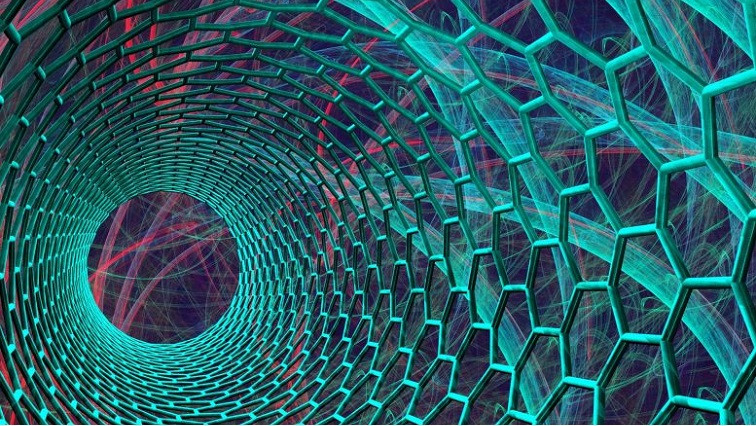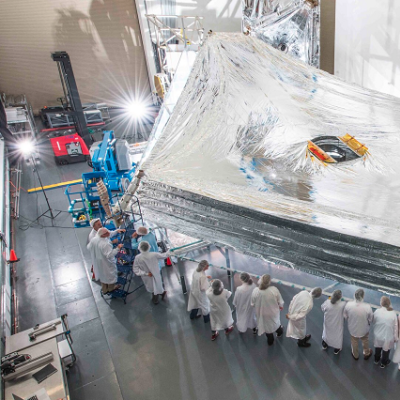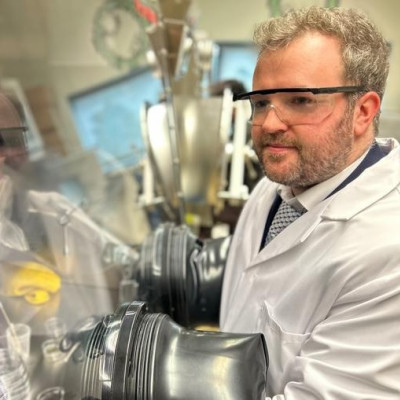Molecule separations play an ever-increasing role in modern technology from water desalination to harvesting critical materials to high-value chemicals and pharmaceuticals manufacturing.
To enhance water and proton transport, LLNL scientists found that inner pores smaller than one nanometer in metallic carbon nanotubes are better at transporting materials than conventional semiconducting carbon nanotubes.
“These results emphasize the complex role of the electronic properties of nanofluidic channels in modulating transport under extreme nanoscale confinement,” said LLNL scientist Alex Noy, lead author of a paper appearing on the cover of Nature Materials.
As these technologies become more sophisticated and refined, their efficiency approaches the limitations of the material platforms that power them. For example, the performance of polymer membranes, which play a large role in conventional separations, is limited, suggesting that a further increase of precision separation means switching to material platforms that provide controlled uniform pore sizes and structures.
In the new study, the team analyzed metal and superconducting nanotubes to determine which material was better at transporting molecules and found that pure metallic carbon nanotubes worked best.
“Synthetic channels and nanofluidic channels provide compelling alternatives to conventional polymer nanopores,” said Yuhao Li, LLNL scientist and the co-first author of the paper.
“In many cases, they create strong spatial confinement that is reminiscent of biological membrane channels and can harness some of their exquisite selectivity mechanisms,” added another co-first author, LLNL postdoctoral researcher Zhongwu Li.
Carbon nanotube pores have smooth hydrophobic walls that enable extraordinarily fast water and gas transport and strong ion selectivity. The studies showing these results and other studies raise the possibility of a close connection between the electronic properties of the channel’s walls and its transport efficiency.
Other LLNL authors include Jobaer Abdullah and Ted Laurence, as well as researchers from the Massachusetts Institute of Technology, The University of Texas at Austin, and the National Institute of Standards and Technology.
Read the original article on Lawrence Livermore National Laboratory (LLNL).







